Vince D’Amato is what you might call a modern day Renaissance man, a jack of all trades, or just a really busy guy who obviously loves film. He’s a writer, a director, a producer, and an editor, he has run two successful independent film production companies, and he helps run film festivals. He’s working on so many different projects right now, it makes me feel lazy in comparison. So it was a no brainer that he’d be a great person to talk to about all things horror, in particular Cinemafantastique II, a film festival held in Vancouver in early July – pre-sale tickets are available through a crowd-funding effort in which even people who can’t make it to Canada can still get in on the action by following this link.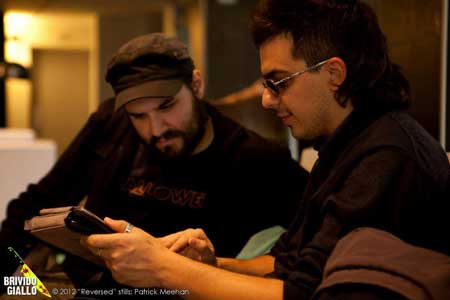
HorrorNews.Net: I’m not really sure where to begin, you’re involved in so many different aspects of “extreme” horror…let’s start with the basics, what originally drew you into horror? Was there a movie or book that grabbed you and made you think, “I need to do this!”?
Vince D’Amato: Yes, Stephen King’s The Stand. I read it in high school and it changed my life, I knew I wanted to write. I started out with creative writing, I had a short story published when I was 18. Scriptwriting followed, and soon I became obsessively interested in making films, and that was thanks to Robert Rodriguez’s early movies.
HNN: As a director, you’ve covered a lot of range – everything from short films in anthologies to music videos for Necrophagia, gory torture-horror and exploitation and giallo. Is there one style that stands out as your favorite to make? How about your favorite to watch?
D’Amato: Definitely the Giallo, to watch and to make. Since discovering Argento (before I even dreamt of actually making films), the Italian Giallo has always captured my heart and occupied my mind.
HNN: Tell us about Creepy Six Films…how did it get started, what were the goals, and what is the status today? What is the current project? Was there a favorite experience or a favorite film released with Creep Six Films?
D’Amato: Creepy Six Films started with myself, Nicole Hancock, and Peter Speers, and we set out to make low-budget indie horror films, and to start a low-budget indie horror film company. Our first two features films were actually shot of film, we did everything on 16mm film from 1998-2005. We actually started our company — registered it officially — on December 13, 2001. My favourite experience, personally, was shooting our first commercially-released feature film, Carmilla, which was then re-titled Vampires Vs Zombies by The Asylum, who was our distributor at that time. We got to work with the iconic American scream queen Brinke Stevens on that one. Even though we made some better films after that one, I think that was my favourite film we released, too. Now (since 2011), I produce films through my new company Brivido Giallo, which was started with music composer and co-producer Mickey E. Vil, who has been collaborating with me since 2005. We produce the films through this Canadian/Italian company, and release limited hard-copy editions through Creepy Six Films, the latter which has become something more like a distribution company. We’ve even started release other filmmakers’ films through Creepy Six Films.
HNN: Canadian horror in general has been somewhat underrated for some time, but there’s great work coming from up north. What can you tell us about the state of horror in Canada? What are some names and some films we should keep an eye out for?
D’Amato: Oh, man, I need to direct you towards our new film festival CINEMAFANTASTIQUE in Vancouver — we’ve been running it for two years now (our second year coming up this July) and we’ve seen – and are screening – some fantastic Canadian genre films! Ryan LaPlante’s feature film Holy Hell, and of course supporting local talent like Gigi Saul Guerrero’s Luchagore Productions, which is currently producing some fantastic horror shorts. I think the horror genre in Canada is starting to get really exciting again, thanks to these new and up & coming filmmakers! Plus, even we’ve really changed our style and shifted to the more experimental noir/giallo territory, adding creative fuel to things that are happening in Canada.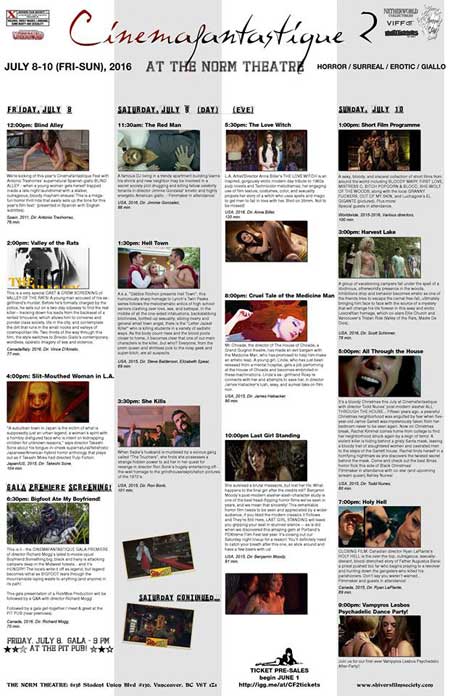
HNN: So, the new company, Brivido Giallo Films (I assume named after the Lamberto Bava series?), what can we expect from this company? What is the current project? How will this be different from Creepy Six Films?
D’Amato: Haha, yes, you are the FIRST person who has pointed out that we did indeed borrow the name — somewhat permanently — from the old Lamberto Bava series. The films we’re producing through this new company are extremely short on dialogue (Reversed had no dialogue whatsoever, and Glass has about two and a half minutes of dialogue) and very long on visual style and striking imagery. Heavily influenced at their core by Sergio Martino, Brian DePalma, Dario Argento (of course), but stylistically the films are something more comparable to the new breed of Giallo filmmakers, and films like Amer, Strange Color of Your Body’s Tears, and Duke of Burgundy. In fact, Cosi Perversa gave us one of the best-written reviews I’ve ever read (you can read it here). So far, we’ve produced three feature films, in England, Italy, and Canada, since 2011. Glass, the second film in the series, was an international festival hit and even made a Top 15 of 2015 list. I’m so happy with our new films and creative direction. I’m hoping to be able to continue with Brivido Giallo for a few more years to come.
HNN: What is the role of the film festival for independent films? How important is it? I know that you’ve had some success with the Brivido Giallo films, specifically Glass, in recent film festivals, the Portland PDXtreme Fest as well as the Anti-Hero Genre Film Fest in L.A.
D’Amato: I think that the international film festival circuit is important to independent films in the sense that it gives us an outlet for theatrical exhibition, something that has become really special in this time of dwindling cinemas. Cinema is a dying medium, and filmmakers know how important this medium can be. There’s nothing like seeing your film in a cinema, on the big screen, and sharing it with an audience in that way. And thank you for mentioning the success of Glass on the film festival circuit. The film has won a few awards, which I’m so thankful for and appreciative of. I was actually at the Portland PDXtreme Fest, and did a brief Q&A after Glass played. When it was over, I wandered out of the theater and a young woman from the audience ran after me and told me that it was one of the most amazing films she’d ever seen and gave me a big hug. That was surreal and really amazing.
HNN: In April, you held a 4/20 film fest along with Women in Film Vancouver, which of course was just after we celebrated Women in Horror Month (February). In your opinion, why is it important that we have Women in Horror events, women in film fests, and other events specifically focusing on under-represented filmmakers?
D’Amato: Funny, I think you gave away the answer within your question! The reason is under-representation. This is what gives me the passion and drive to work with organizations like Women in Film & Television Vancouver, the Vancouver Queer Film Fest, and National Canadian Film Day. It’s why I run the Shivers Film Society and Cinemafantastique Fest — to share inspiring, under-represented films and filmmakers with audiences and cinema fans.
HNN: Speaking of, coming up in a couple of months is Cinemafantastique. How did this festival come about? What is the focus?
D’Amato: I started the Shivers Film Society as a means to showcase Canadian genre films in London, UK, if you can believe it — I was living in London at the time, 2011-2012, and I partnered with another film society there, Filmbar 70. We only ever did one film festival there, then I came back to Vancouver, Canada, and started an ongoing cinema screening series called “CanadaDrome.” From these events, I decided to do one bigger, weekend-long event, which turned into Cinemafantastique, an international genre fest that would showcase Canadian genre cinema alongside genre films from all over the world — as long as the filmmakers weren’t afraid to mix the sexy and erotic, or the experimental, or their own humour, with their genre stylings.
HNN: There is an “extreme” short film block as a part of Cinemafantastique, which brings us to a whole lot of topics to discuss. First of all, in a question that might have made more sense right up front, how do you (and the festival) define “extreme” cinema? It is a phrase that seems to entail a lot of different things and is defined differently by different people. What are some of your favorite “extreme” films?
D’Amato: I define “extreme” by the extent the filmmaker is willing to go to make their film stand out, whether by gore, violence, eroticism, experimentalism, surrealism, or even dark humour — if they are willing to go to any of these extremes by pushing borders and pressing buttons to get an emotional response from the audience, then to me, it’s extreme cinema. Personally, I think Fury Road was an extreme film. My favourites? The Holy Mountain, Basket Case, Irreversible, The Forbidden Room. There are loads of others. The idea of extreme film is pretty eclectic to me.
HNN: The short film seems to be an overlooked medium, not something that plays at mainstream cinemas nor is focused on as much as full length films, but at the same time, so many great films, including some mainstream successes, are based on a short film. At the same time, horror anthologies have made a resurgence, and they are of course comprised of short films. What do you see as the role of the short film in horror? What are some of the essential short horror films any diehard fan should seek out?
D’Amato: Clive Barker’s quote about horror, in particular, being most effective in short form, always stands out in my mind when it comes to this genre. I think on so many levels that he’s right. Horror, boom, punch in the face, quick, it’s over, and if it’s good you’re left sitting there like what the f*cking hell just happened?
HNN: What are some of the more exciting films you’ve discovered through the festival circuit over the years? Have there been stand outs that have gone on to some success thanks to being “found” at one of your festivals?
D’Amato: Some of my all-time favourites are playing at Cinemafantastique this July, some have not had the time to move onto great success – YET. Last Girl Standing is the big one, for me. I liked it better than It Follows. Other big standouts are The Cruel Tale of the Medicine Man and All Through the House, which for me, is the NEW Christmas-horror go-to classic. Director Todd Nunes did an amazing job with that one!
HNN: As someone in the middle of it all, what is your opinion of the overall state of horror today? What are some things you like, what are some thing you wish would go away? Are there any recent films or filmmakers that you’ve really enjoyed?
D’Amato: Nothing should go away, everything is valid in its own right or context, even if I — or others — might not particularly like it. It’s easy to say “remakes suck” but I was just shown the Evil Dead remake last night by a friend of mine and I really dug it! But personally, I’m liking the new things we’re seeing from lower-budgeted horror, and especially new gialli, that we’re seeing these days. I have to reiterate Amer, Strange Color of Your Body’s Tears, and add Under the Skin, Blind Alley, and the Cannibal Holocaust-homage Green Inferno. Also, I got to see a rough cut of Rob Zombie’s 31 last year, and really liked that, too.
HNN: And finally, what does the future hold for Vince D’Amato? What kind of projects are you currently working on and excited about?
D’Amato: After I get the new Brivido Giallo film finished (Valley of the Rats) I will be getting back to Italy to produce a Jess Franco-inspired remake of my own Vampires Vs Zombies called Los Vampiros Sexuales with Nicole Hancock, Mickey E.Vil, and David Aboussafy (our executive producer for Valley of the Rats) in 2017. Of course, we’ll keep posting updates with everything at giallo.ca.
Thanks for the questions, Sean!!
 Horror News | HNN Official Site | Horror Movies,Trailers, Reviews
Horror News | HNN Official Site | Horror Movies,Trailers, Reviews
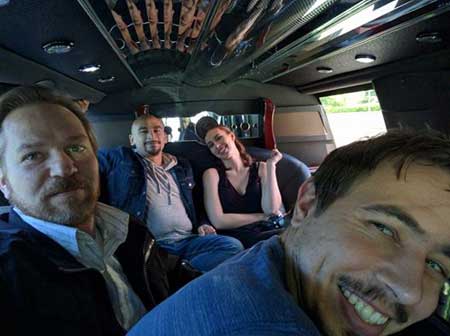
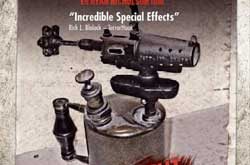
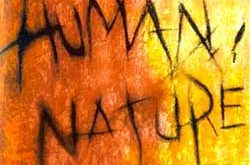

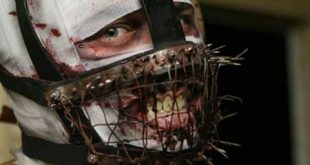
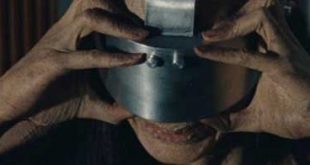
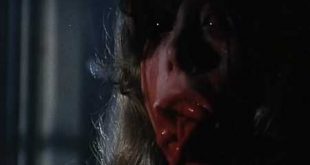
Interesting intrrview